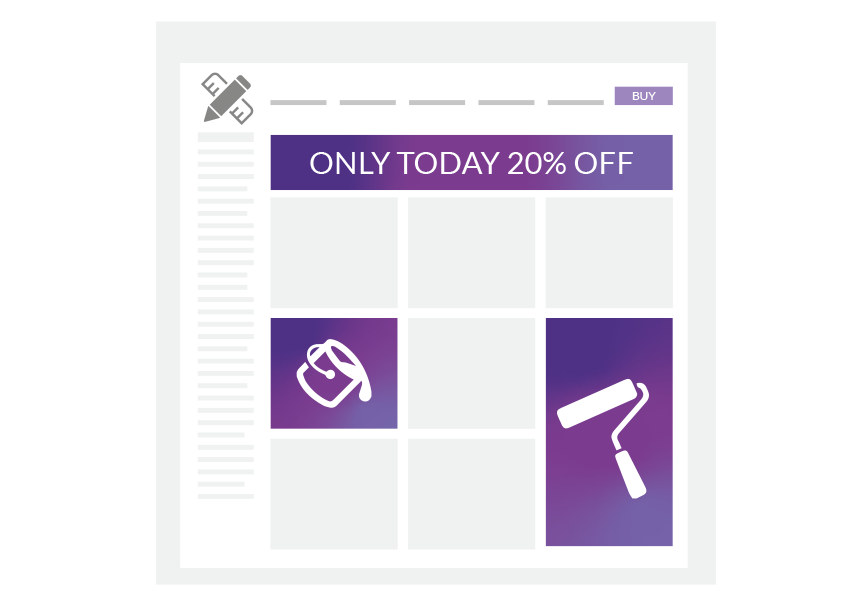Monitoring of the DIY industry in the times of own brands.
How to do it effectively?
- 30 March 2020

Products from the DIY industry, i.e. construction and basic interior furnishings, in the B2C sector are available primarily in large online and offline DIY stores. However, their sales are also developing in smaller, more specialized online stores, where a wide offer is available for both professionals and amateurs.
When consumers buy such items, not only the specifications, but also the price is important, and offers may differ significantly depending on the sales channel and specific store. So how to effectively monitor prices of DIY products and why is it worth doing?
Online price monitoring in the DIY industry
The online channel is becoming more and more important for many industries – including DIY. It is individual online shops where brand products are often sold. Big supermarkets often focus on promoting so-called own brands, i.e. products made especially for them exclusively by unpopular or even anonymous plants. However, these are usually the cheapest products in their category, which is a big threat to more recognizable brands losing shelf shares in DIY stores. Therefore, to get a full picture of market prices, including branded products, it is also worth following prices in specialist stores, e.g. with power tools or bathroom equipment.
Offline price monitoring in the DIY sector
Strong competition means that the prices of the same products in different supermarkets in the neighborhood can differ significantly. That is why offline channel monitoring should not be neglected. Many DIY stores provide prices on their websites – thanks to this you can easily obtain information about the situation in brick and mortar stores.
ManufacturersEffective monitoring of DIY product prices
Brands from the DIY industry very often receive information about the availability and prices of their products directly from stores – especially in the case of an offline channel. Monitoring will, therefore, be particularly valuable when we supplement this knowledge with data from Dealavo’s competition price monitoring. This will allow you to determine and then optimize your own price positioning.
It is also valuable to be able to check the shelf share of your own products in relation to competitors’ products – in particular shops’ own brands. This creates a chance for portfolio optimization, i.e. adding new products to gain additional shelf space, or on the contrary – withdrawing part of the offer if the given segment is too saturated or when large price differences do not allow for profitable competition.
DIY is an industry in which both offline and online channels are not only equally important but also interpenetrating. Therefore, it is worth having reliable monitoring of both channels, which will help to obtain a full picture of the mechanisms on this market.
If you are wondering how to effectively monitor prices, promotions and availability in your industry, please contact us. For years, we have been monitoring the prices of items from various categories. Thanks to this, we will be able to recommend specific, proven and intuitive solutions that will work best for your products.